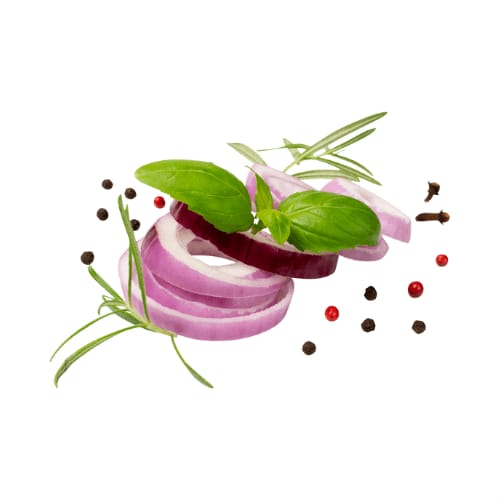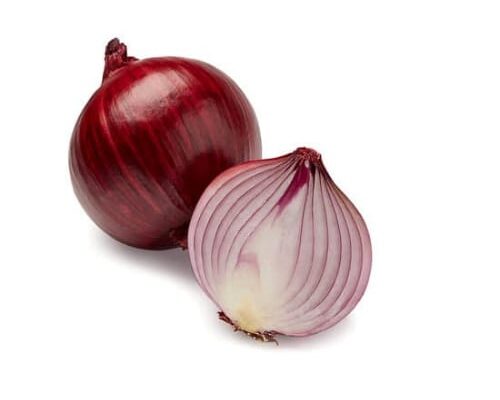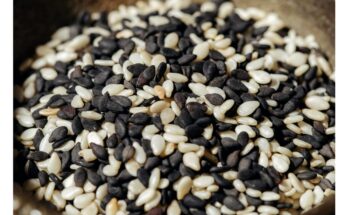The onion (Allium cepa) is a highly significant vegetable and condiment crop widely cultivated across India. Renowned for its distinct flavor, the onion is a pungent edible bulb that enhances the taste of countless dishes. It is valued both as a flavorful ingredient and as a nutritional powerhouse.
Botanically, the onion is a hardy, biennial plant that is typically grown as an annual. It features a shallow root system and a short, flattened stem at its base that thickens during growth. The leaves are long, hollow, and cylindrical, while the bulb develops through the thickening of leaf bases at a specific stage of growth. The plant produces a round capsule as its fruit. When crushed or cut, all parts emit a strong onion odor due to the release of organic sulfur compounds through enzymatic action. This characteristic pungency, which is altered during cooking, is highly appreciated in culinary traditions worldwide.
Nutritionally, onions are relatively high in value compared to many other fresh vegetables, offering significant amounts of calcium and riboflavin. Their composition varies among varieties and depends on factors like maturity and storage duration. Onion contains a small amount of essential oil, primarily allyl-propyl disulfide, responsible for its distinctive taste and odor. Cooking alters these compounds, resulting in a different aroma and flavor profile.
The onion has long been regarded as a natural remedy and a functional food with numerous health benefits. It acts as a blood thinner, helps lower cholesterol, prevents blood clots, and supports conditions like asthma and diabetes. Onions are known for their strong antioxidant properties, particularly due to quercetin, which is most abundant in yellow and red onions.
Medically, onions are considered a stimulant, diuretic, and an effective remedy for various ailments. Raw onions are easier to digest and more beneficial than cooked or fried ones. Onion juice, in particular, is recommended for therapeutic purposes, as it supports overall health and immunity. For respiratory issues like colds, coughs, bronchitis, and influenza, a mixture of onion juice and honey is a popular remedy.
Onion leaves also possess diuretic, carminative, digestive, and mild laxative properties, making them valuable for treating digestive and respiratory issues. Applied externally, roasted onions can alleviate boils, bruises, and wounds. Additionally, rubbing onions on warts has shown some efficacy in reducing their appearance.
In culinary applications, onions are incredibly versatile. They can be consumed raw, cooked, fried, or as a component in soups, sauces, and seasonings. Onion oil, obtained through steam distillation, is occasionally used to flavor foods. This remarkable vegetable continues to play an indispensable role in both traditional medicine and modern cooking.
In scientific studies, large doses of onion is noted to be beneficial, causing a decrease in blood lipids and glucose and an increase in clot dissolution (fibrinolytic). Onion also have anti-carcinogenic and antibiotic properties. As regular dietary constituents the small amounts that are included in Indian diets, may also have beneficial effects.
Nutritive value per 100 g of Onion
Energy (kcal) : 50
Protein (g) : 1.2
Fat (g) : 0.1
Carbohydrates (g) : 11.1
Crude Fibre (g) : 0.6
Minerals (g) : 0.4
Calcium (mg) : 46.9
Phosphorus (mg) : 50
Iron (mg) : 0.60
Magnesium (mg) : 16
Sodium (mg) : 4.0
Potassium (mg) : 127
Vitamins
Thiamine (mg) : 0.08
Riboflavin (mg) : 0.01
Niacin (mg) : 0.4
Folic Acid – Total (µg) : 6.0
Vitamin C (mg) : 11

Reference : Diet & Heart Disease – NIN ICMR




